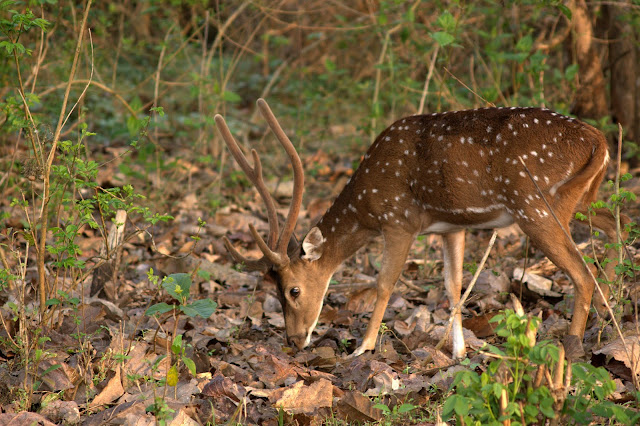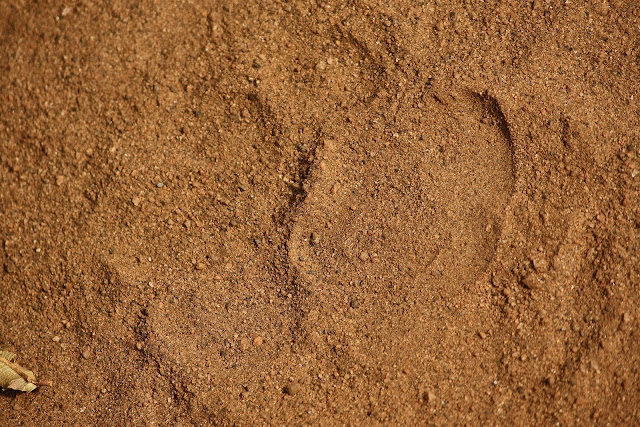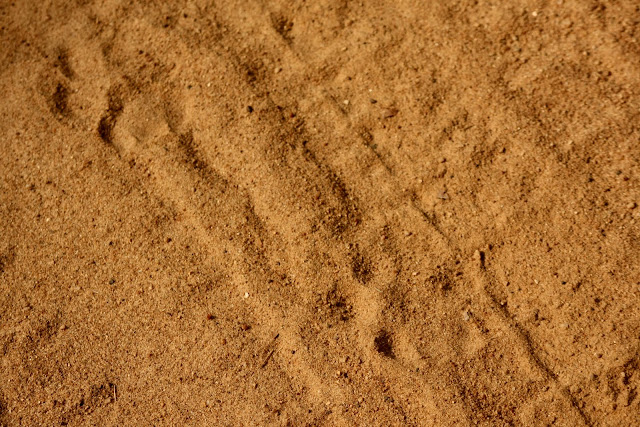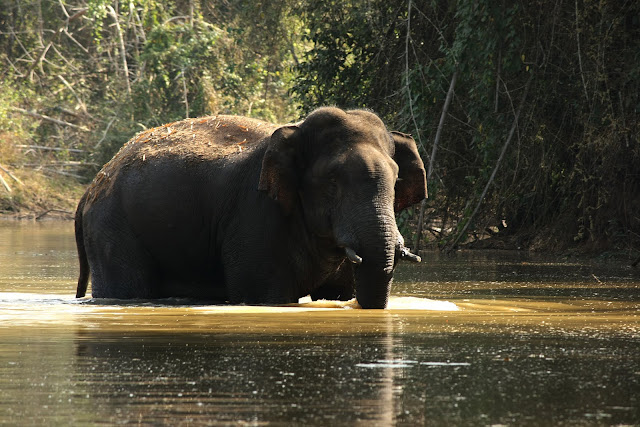We were back to Jaipur in wee hours of 25th September 2009 and later on finished few hours of much required sleep. It was the fourth day of the trip and we had set a new record in this trip for being together for more than 3 days on any of the trips so far in last 3 years. 4th day started with a little bit of heat. Already Jaipur was burning, and Lawrence lost his control after his routine breakfast time was slipped by 2 hours (it was 9 AM). All of us were tired of the previous night journey and still looked sleepy in the morning. However Lawrence did not appreciate me sitting quiet outside the lodge and doing nothing. He yelled at me terribly and just walked away for a KM in search of a hotel though there was one very close to the lodge. Girish and I, then, followed the Mr Angry (and hungry) man and walked close to the bus stand. We were supposed to enquire about the bus to Delhi from Jaipur. Apparently there were no seats available for AC buses to Delhi. Then a thought popped up – “why not travel to Agra directly and ask Sriram to join us in Agra” – and it seemed like a better plan. We informed Sriram and decided to leave from Jaipur at around 11 PM to Agra. All set and we planned for one more day’s sight seeing in Jaipur.
On a sunny day, this is one thing you can't miss noticing
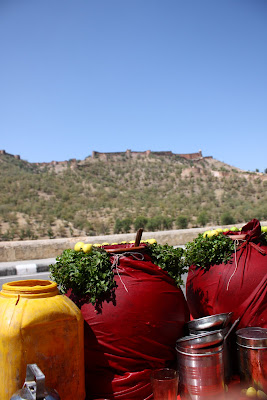
Amber Fort was one of the places we wanted to visit and also Jal Mahal. We negotiated with a Rickshaw driver for a good deal to and fro journey to Amber Fort. The driver also went on telling us the history about Jaipur and few forts. I don’t know whether he knew anything or he was bluffing because we idiots did not know anything. It was a great fun when the driver called Girish as Abhishek looking at his tall stature and the goggles.
As soon as we reached the Amber fort there was a guide waiting for us. May be the driver had called up and told this guide “Bakra logon ko leke aa raha hun mein”. He did not charge us much though. It was really hot, and the place was burning. We had to walk for some distance to avoid paying for the jeep. It was kind of a small trekking. The guide said us he made us walk to save 200rs from our pocket.
Every bit of shade was occupied

The guide then started his typical history lecture on the fort and the King who built that. For a change the King (Jai Singh I guess) seemed to have only 2 wives. Maharaja Jai Singh completed the initial structure of the fort. Then Raja Man Singh, Senapati (Commander in chief) of Akbar enhanced it to palace complex. There was a nice interesting story that he told us about how Raja Man Singh made friendship with the neighboring lower cast people who troubled the rulers of the place before him; and then intelligently his Sena killed all those people (in thousands) on a holy day when the enemies didn't hold the weapons.
Confusing pathways inside the Amber fort

Stories apart… I know it is always boring…. Coming back to our gang, everyone in the group wanted some sort of shelter where we get to hide under shade. We were in that place at a very wrong time of the day. The sun was right up above our heads. Every few steps we walked we felt thirsty and the eyes searched for water source, or a shop. We reached interior part of the palace complex to see a beautiful building. The guide let us go inside and explore the place, take few pictures and asked us to come back in 15 minutes.
In desperate search for a way out

We went inside took few pictures, and then headed towards some basement to explore the place. The fun part was that the group was split and I lost touch with other people for a while. I then started searching for them; meanwhile I had crossed few pathways and lot of turns. I was totally confused where I was. I could hear other guys from some distance and managed to reach them. I asked “where is the way out” and they said “we are also searching for it” – Next 10 to 15 minutes were like real fun. “Hey I guess this way” – there was a dead end.. “Hey I found it.. should be this way” – Again dead end.. It went on like that for sometime. The building seemed like a vicious circle. One of the ways we took, lead us to a dead end and there was Jail at the dead end. Amazing fun. We somehow managed to find a way out. The feeling was like “Oh God why did we find a way out?”
Ended up in a jail!!!!

Shashi was sitting out with the guide all this while; sharing a lot of stories. Once we came out, we were then taken to interior parts of the fort like Jail, Kitchen etc. Guide also showed us a place where recently released – “Jodha Akbar”- was shot and he also showed, with a lot of excitement, a vessel and said “Isee mein to Aishwrya Rai ne pakaya than Jodha Akbar movie mein”.. He then showed us a very huge and well built treasure box. We all attempted to open the heaviest of the opening for this box. It was very heavy and required a lot of effort to open with both the hands.
After spending some time and hearing few more stories, the guide took us down back to the place where our Rickshaw was waiting. And before that, like every other guide in Rajasthan he took us to a Rajasthani Emporium (where he surely gets some commission). Aunty, Chittra and Girish bought few materials from there. We thought we will have lunch there itself and then start back. We entered a hotel and for half an hour no one even bothered to take the orders. I don’t know why but they were just not turning up to our table even we called them several times. We decided to get out and we thought they will stop us but nothing of that sort happened. This is when you start missing a place like Bangalore where for food you don’t have to wait or don’t have to walk for kms.
Hungry souls eating junk food

We started back to Jalmahal; before that we went near a garden (didn’t enter though) and had snacks (remember, no lunch) like Pav Bhaji, Bhel puri and Lassi also. After a while we reached Jalmahal and there was nothing much for us to do there other than taking a picture of it from distance, and also group snap.
Jalmahal

We owed this auto driver something I guess, for which he took us to another shopping place and pushed us in. However Lawrence and I bought leather jackets. After coming out of this shop, we did nothing much other than rushing to the hotel rooms and packing our stuff; there was a late evening shopping done before leaving Jaipur.
Hawamahal, on a moon lit evening

Last evening in Jaipur

We hurried to the bus stand at around 10.30 pm. Lawrence and I did calculations of our Rajasthan trip; Shashi and Chittra sat together; Abhishesk and Karishma (Giri and Sangeetha I mean) seemed exchanging a lot of stories throughout the way to Agra. Only those 2 voices were heard while the entire world was sleeping. Next day early morning we opened our eyes to see the empty streets of Agra; we pulled ourselves out of the seat to hold the bags and search for hotels again.








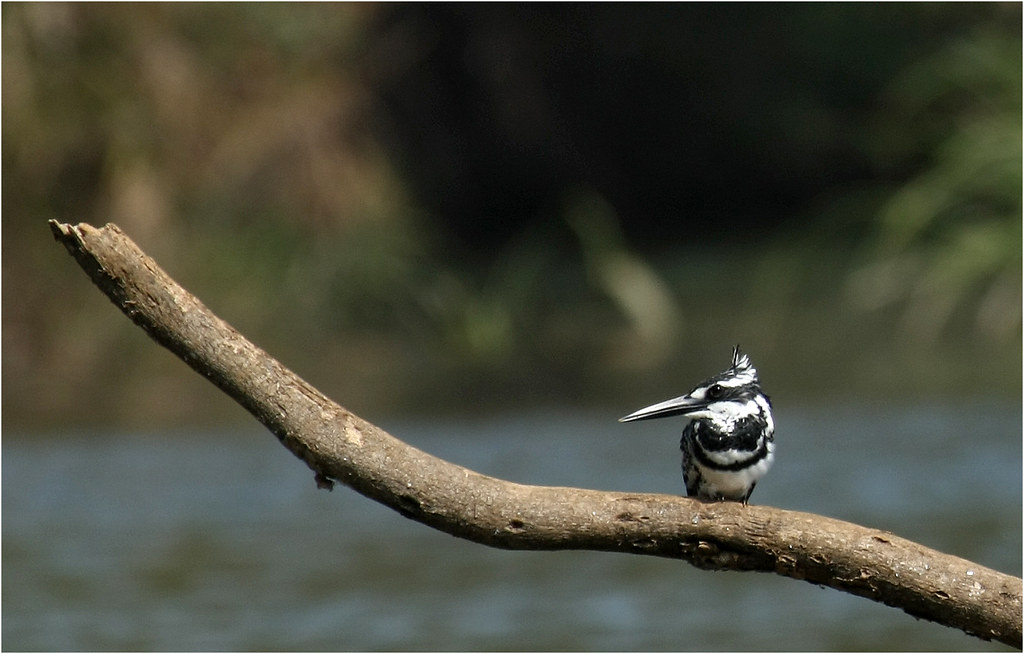

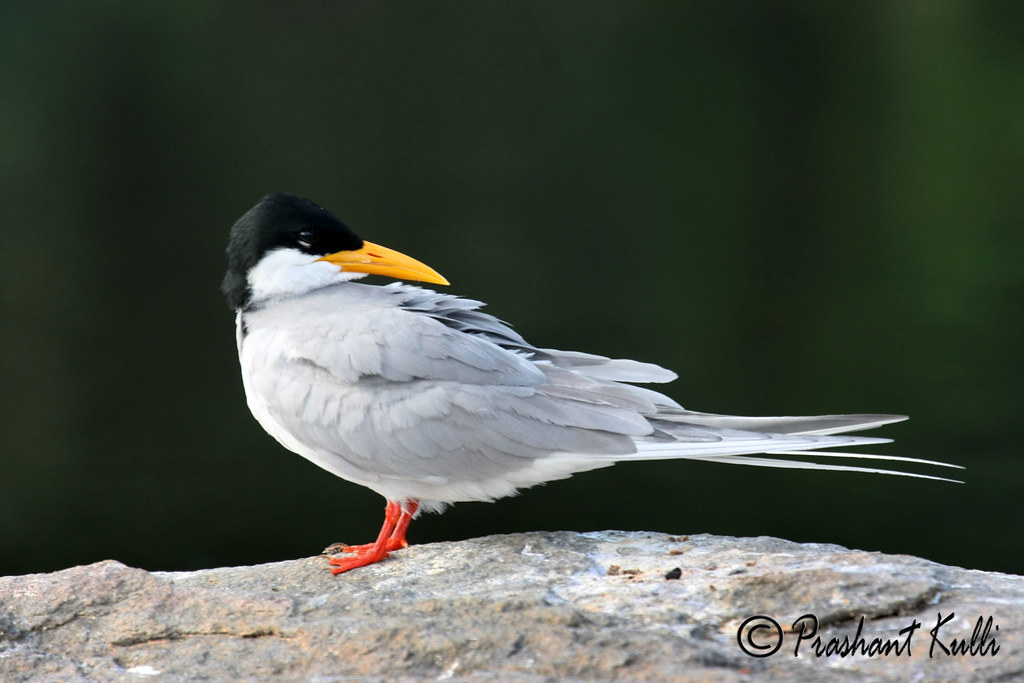












.CR2.jpg)



